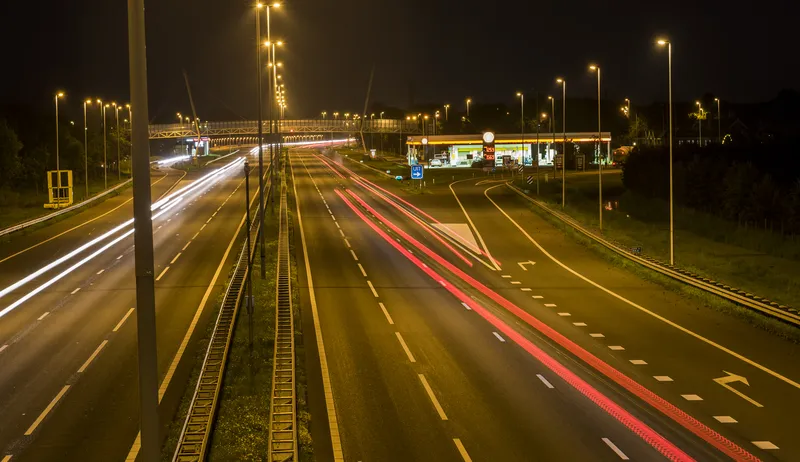In the wake of low inflation and competitive pressure constraining tariffs, Moody's Investors Service expects that European toll roads and airports will benefit from healthy growth in traffic volumes in 2016, albeit lower than in 2015. Traffic volume growth remains critical to the credit quality and financial performance of toll road operators and airports.
Moody’s report, European toll roads and airports: Traffic growth to offset Weak Tariff Increases, notes that the ten largest European airports reported average traffic growth of 5.3 per cent, driven mainly by improved macroeconomic conditions and business sentiment.
Higher traffic levels boosted profitability for the main European toll road and airport operators in 2015. For toll roads, the improvement came despite limited tariff increases, reflecting indexation to low inflation rates and, in some cases, politically motivated price curbs. For European airports, higher traffic offset downwards pressure on airport charges due to regulatory or competitive pressure. Overall, European motorway operators reported a 3.7 per cent increase in toll revenues in 2015, while airports' aeronautical and total revenues (including commercial revenues) rose 4.9 per cent and 5.8 per cent on average, respectively.
Consumer price inflation (CPI) in Europe remains low and this constrains tariff growth for European toll road operators, while also mitigating the risk of further political intervention. Low inflation also weighs on European airport charges, particularly those with tariffs linked to CPI. In addition, some airports keep their charges low in order to capture more airline traffic. 2016 tariff adjustments vary, but with the exception of the Italian operator Aeroporti di Roma (Baa1 stable), they are minimal or even negative.
"Barring external shocks, we expect traffic growth towards the top of a 2 per cent to 4 per cent range for European airports in 2016", said Raffaella Altamura, Moody's vice president, senior analyst. "However, regional differences remain, and we expect an increase at the top end of a 0.5 per cent-2.5 per cent range for toll road operators in France and Italy, and at the high end of the 2 per cent-4 per cent range for those in Iberia."
Growth in traffic volumes to drive European toll roads and airports in 2016, says report
In the wake of low inflation and competitive pressure constraining tariffs, Moody's Investors Service expects that European toll roads and airports will benefit from healthy growth in traffic volumes in 2016, albeit lower than in 2015. Traffic volume growth remains critical to the credit quality and financial performance of toll road operators and airports.
May 3, 2016
Read time: 2 mins
Related Content









